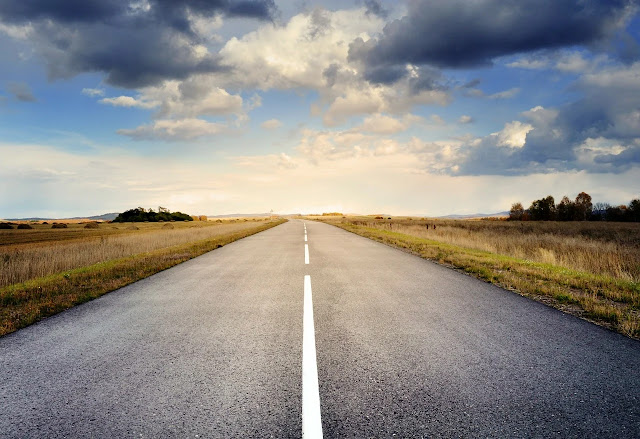A river is a natural flowing watercourse, usually freshwater, flowing towards an ocean, sea, lake or another river.
Parts of a river
Source: where a river begins.
Falls: a steep descent of the water of a river.
Flood: the rising of a river and its overflowing onto normally dry land.
Tributary: a branch that flows into the main stream.
Gravity: force that causes water to flow in a certain direction.
Dam: a barrier constructed to contain the flow of water. Normally it has a power station.
Reservoir: a lake in a river produced by a dam.
Cantabrian watershed: rivers are close to the coast. They are short and fast flowing. There is a lot of rain. They have permanent flow. Bidasoa, Nervión, Ibaizábal, Asón, Miera, Pas, Saja, Nansa, Deva Sella, Nalón, Navia and Eo.
Atlantic watershed: here we have rivers that flow into the Atlantic Sea. There are two types:
a) Galician’s coast. They have an abundant flow. They are long because the mountains are far away from the coast. Miño, Tambre and Ulla.
b) Rivers from the Central Plateau: these are the longest in Spain. Their source is in the mountains close to the mediterranean. They have irregular flow. Duero, Tajo, Guadiana and Guadalquivir.
Main rivers
The most important rivers in Spain are the following (from north to south and from west to east): Miño, Duero, Tajo, Guadiana, Guadalquivir, Júcar and Ebro.
Miño: It has a lenght of 310 km. It goes through Lugo, Orense, Pontevedra and Portugal. Its main tributary is river Sil.
Duero: Its source is in Urbion peaks. The third longest rivers in Spain and peninsula. Length of 897 km. Its mouth is in Oporto. Its tributaries with more than 100 km are: Águeda, Zapardiel, Duratón, Adaja, Tormes, Valderauey, Pisuerga Esla and Huebra.
Tajo: the source is in the Universal mountains and goes along Teruel, Cuenca, Guadalajara, Madrid, Toledo, Cáceres and Portugal. It is the longest river in the peninsula (but not in Spain) with a length of 1088 km. Its mouth is in Lisbon.
Guadiana: Its source is in Ojos de Guadiana. It has 744 km. It goes across the south plateau. Its length is 818 km. It goes along Albacete, Ciudad Real, Badajoz and Huelva.
Guadalquivir: Its source is in Cañada de las Fuentes and its mouth is in Sanlúcar de Barrameda. Its length is 657 km. It’s the fifth river. It goes along Jaén, Córdoba, Sevilla, Huelva and Cádiz.
Júcar: It has 497 km of length. It goes along Cuenca, Albacete and Valencia.
Ebro: Its source is in Cantabria in Fontibre and it flows into the mediterranean in Tarragona. Length: 930 km. It is the longest in Spain. It goes along Cantabria, Palencia, Burgos, La Rioja, Álava, Navarra, Zaragoza and Tarragona.
Other rivers in the world:
Amazon: the largest river in South America 6992 km. Nile: The largest river in Africa. 6853 km
Volga: the largest river in Europe. 3692 km.
Now you can watch this video that includes everything:















